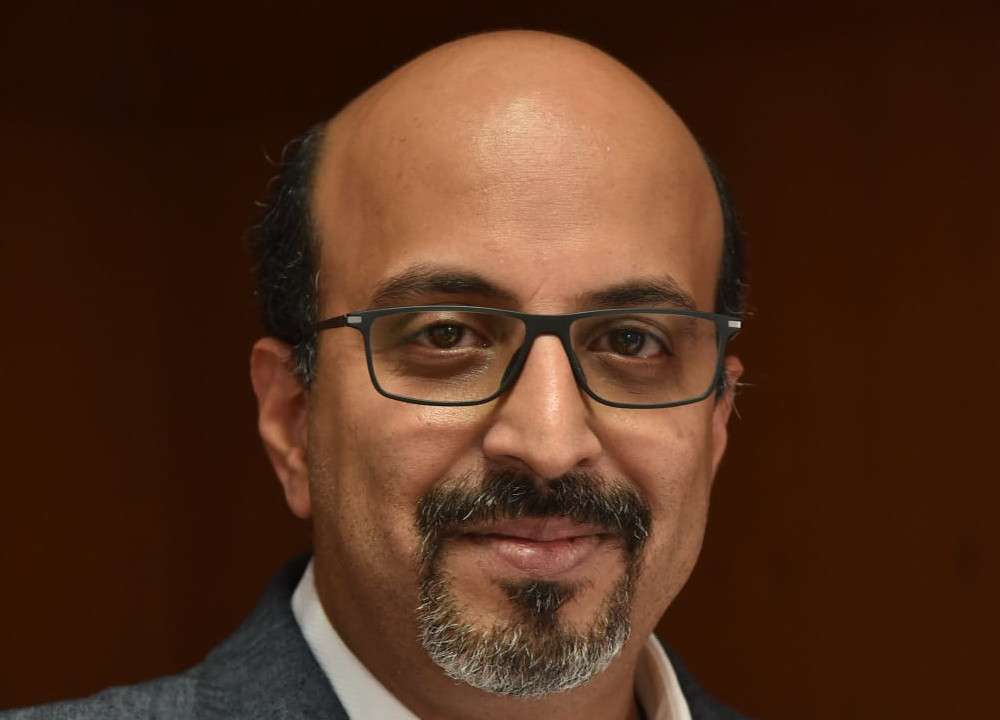India’s chemical exports are expected to hit USD 31 billion for the fiscal year 2024-25, driven by strong demand in markets such as Brazil, the US, Japan, and Saudi Arabia, according to CHEMEXCIL Director General Raghuveer Kini. The Basic Chemicals, Cosmetics, and Dyes Export Promotion Council (CHEMEXCIL), established by the Ministry of Commerce, promotes the export of these products.
Between April and September, chemical exports grew 4.57% year-on-year, reaching USD 14.1 billion. “We’re seeing robust growth and are confident about achieving the USD 31 billion target this fiscal year, compared to last year’s figure of around USD 30 billion,” Kini stated, predicting faster export growth in the year’s second half.
Kini highlighted that conditions in Brazil, a significant market, have improved after last year’s drought-related export challenges, with anticipated higher export volumes this year. India’s exports to Brazil alone are valued at approximately USD 1 billion annually.
To support exporters, CHEMEXCIL has been conducting awareness programs on the European Union’s carbon tax and quality control measures. The EU’s upcoming Carbon Border Adjustment Mechanism (CBAM) imposes a carbon tax starting January 1, 2026, on imports of energy-intensive products like steel, cement, chemicals, and fertilizers, impacting Indian exporters.
Global demand for Indian chemicals has surged, driven by sectors like pharmaceuticals, agriculture, and manufacturing. Indian products are recognized for their quality and compliance with international standards, including REACH regulations, Kini noted.
However, infrastructure issues near major ports, such as Nhava Sheva and Mundra, cause delays in shipments due to inadequate road networks and congestion, Kini observed. He also raised concerns about trade challenges with Russia, affected by sanctions on banks like Sberbank. Expanding the list of authorized banks for transactions under the rupee-ruble mechanism could help ease these issues, Kini suggested.







